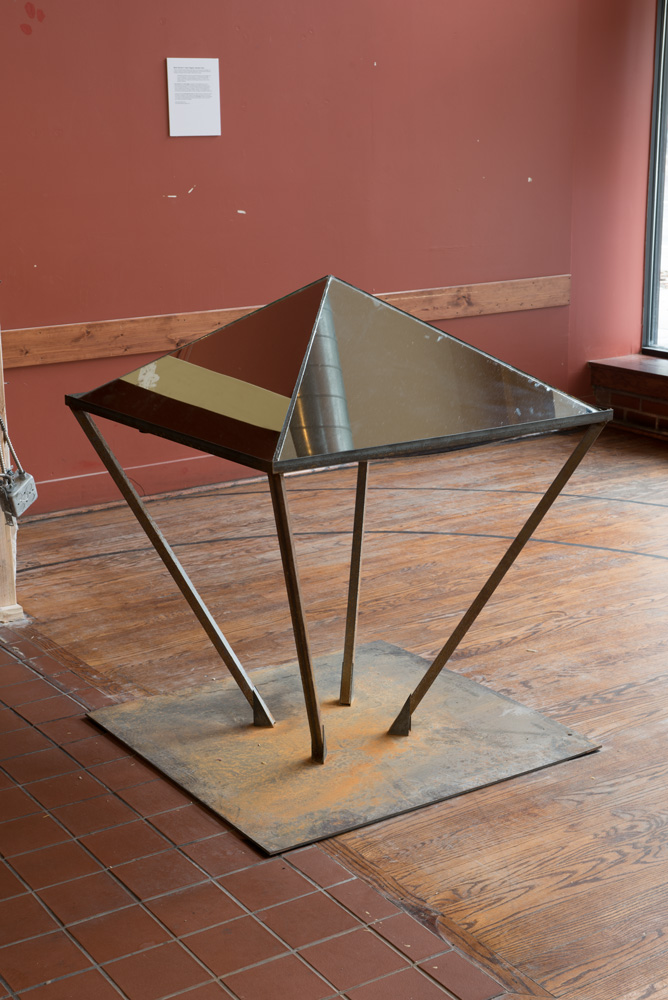
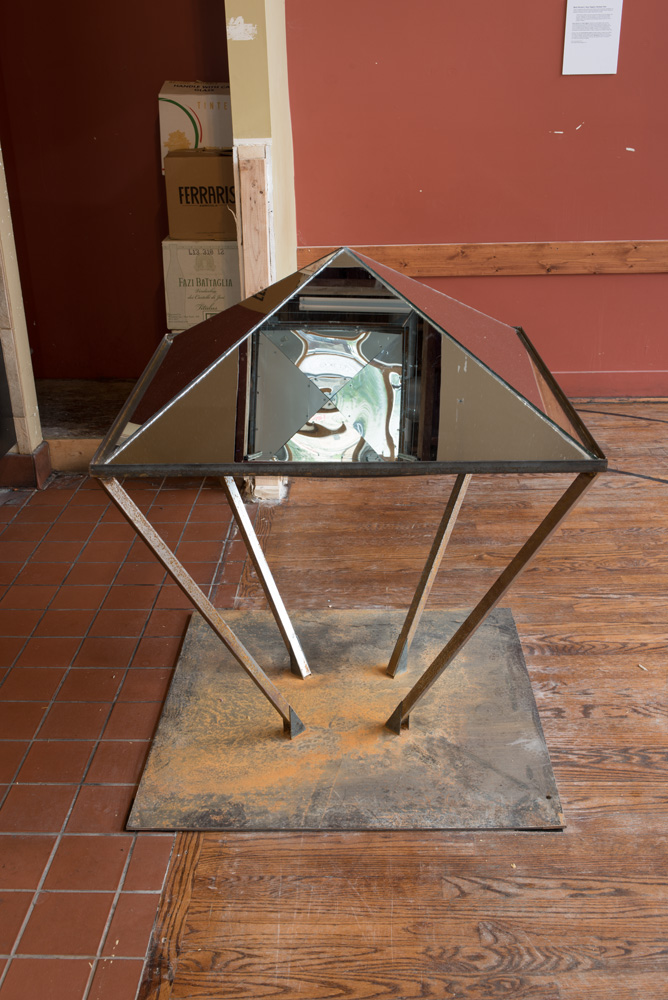
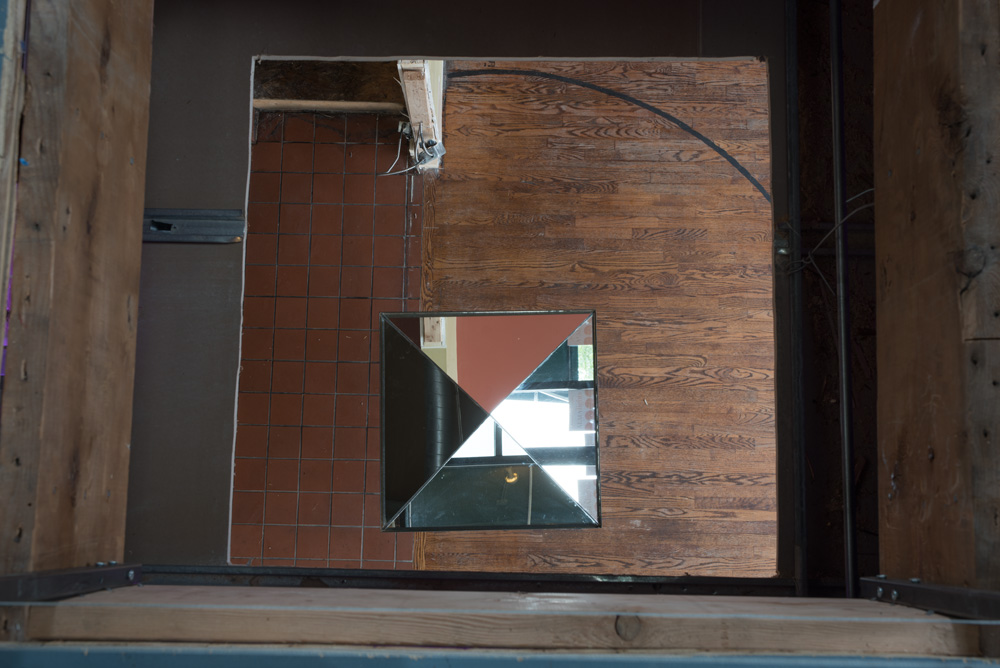
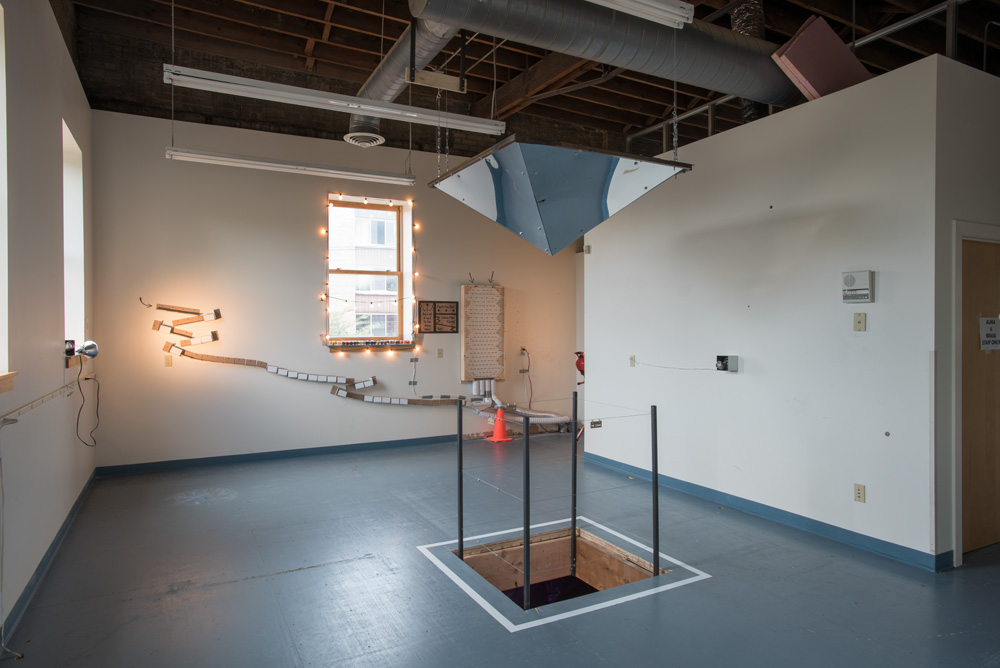
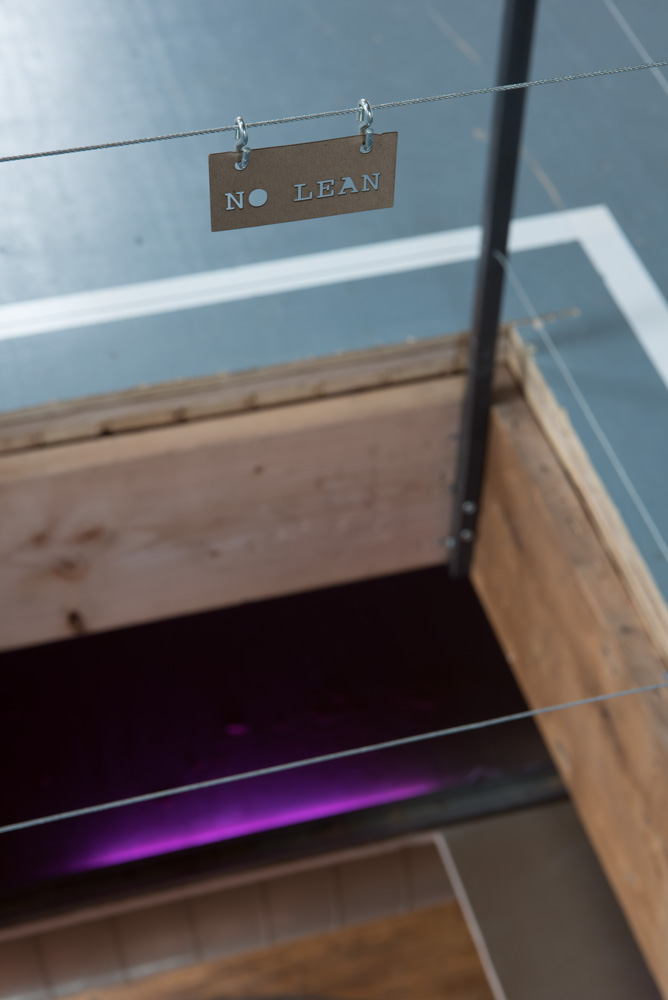
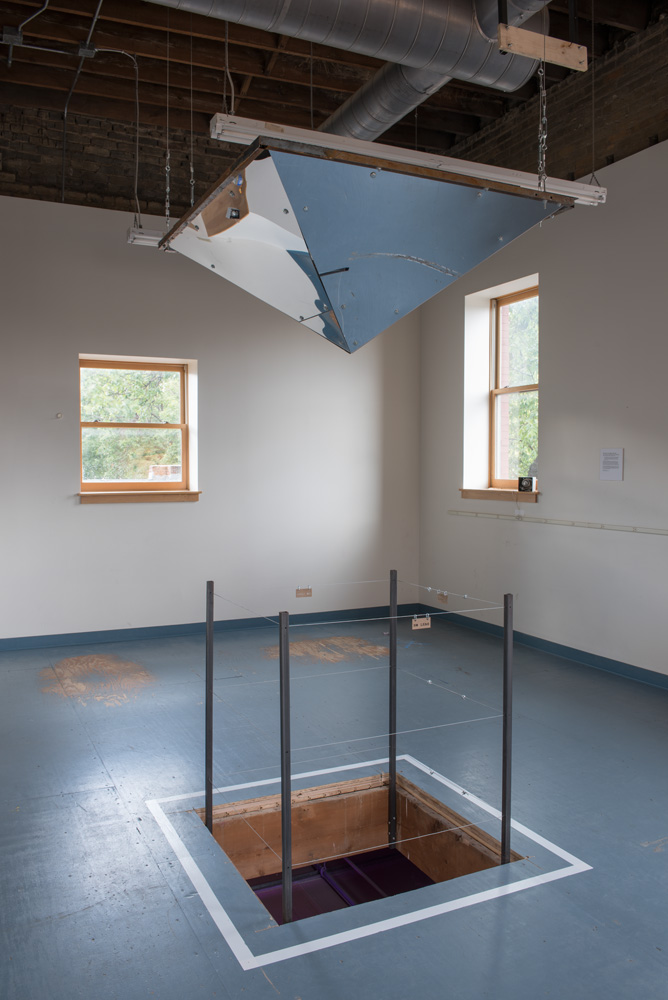
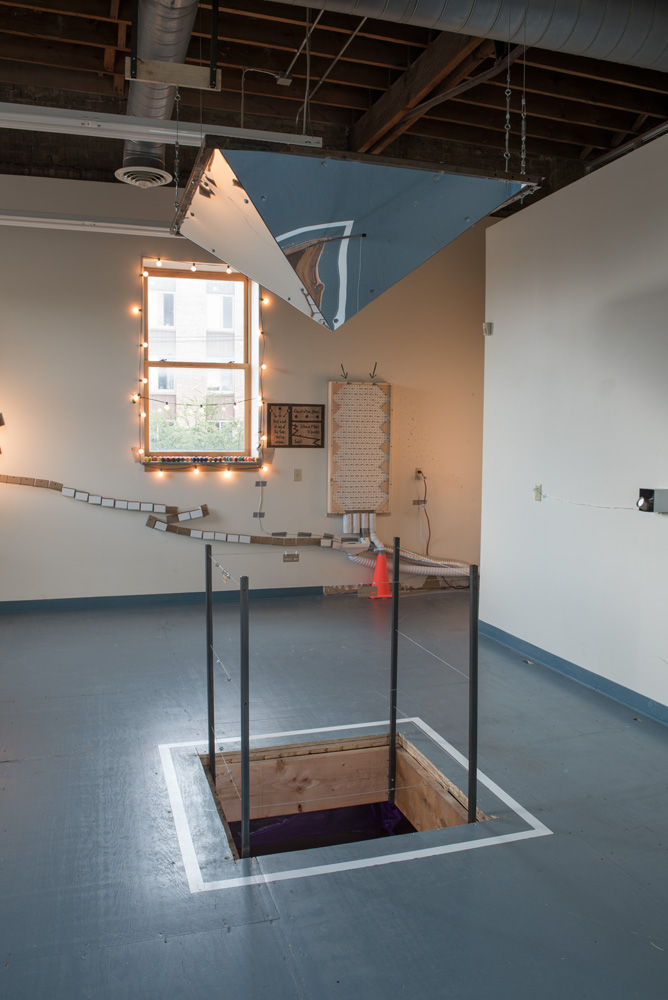
Molly Reichert + Sean Higgins, Boolean View
“… The boolean void creates a visceral relationship to the body that raises the hair on the back of your neck just by looking.”
Boolean View
There is something oddly inspiring about seeing a hole through the ceiling/floor of a building. It seems to invoke an involuntary gasp akin to Edmund Burke’s distinction between the beautiful and the sublime, about which he writes:
“WHATEVER is fitted in any sort to excite the ideas of pain and danger, that is to say, whatever is in any sort terrible, or is conversant about terrible objects, or operates in a manner analogous to terror, is a source of the sublime; that is, it is productive of the strongest emotion which the mind is capable of feeling.”
Molly Reichert and Sean Higgins, inspired by Gordon Matta Clark and the anarchitecture group, were likely not thinking of the sublime with Boolean View, which according to Reichert is “a nerdy 3D modeling operation that describes the action of creating the void space in a building.” And we normally associate the sublime with the outdoors, not interior spaces. However, it is interesting how the symmetrical mirrored pyramids allow our vision to escape the confines of either floor.
Boolean View, like James Garrett Junior’s SCHMO: stratum, surface, time reveals the hidden architecture of Alma Lights through structured viewing, and the pointy mirrors have an affinity with the drill bit-ness of Wil Natzel’s Dazzle, but the boolean void creates a visceral relationship to the body that raises the hair on the back of your neck just by looking. It’s sublime.
Links